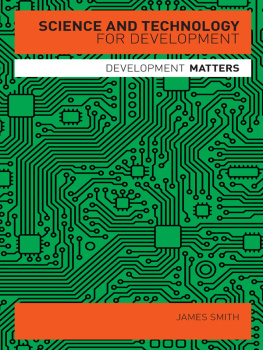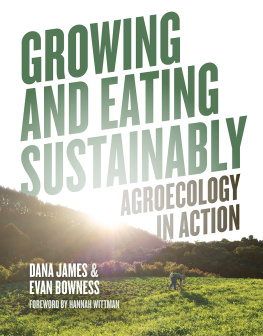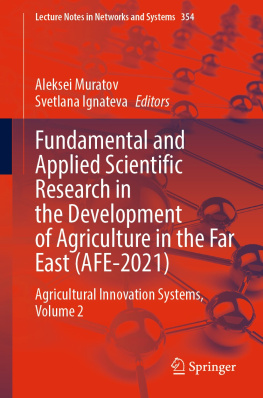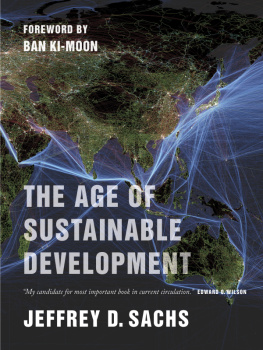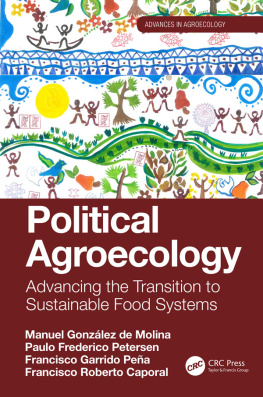Executive summary
Agriculture remains a major focus of development efforts. With the global population expected to grow to 9 billion by 2050, coupled with the negative impacts of climate change on agricultural production, a serious strain is being placed on the sector. This is exacerbated by the concentration of extreme poverty among smallholder farmers in the least developed countries.
Meeting this triple challenge is at the heart of the Sustainable Development Goals, which call for leaving no one behind. Yet, intensification-centred approaches to agricultural development have fundamentally failed to be inclusive; they do not address the needs or tap the productive potential of smallholder farmers.
This paper assesses the range of agricultural development pathways using the Technology Justice framework, looking at the significant issue of access for smallholder farmers, the sustainability of the pathways, and the opportunities for supporting local innovation. Agroecology emerges as the strongest pathway for leaving no one behind and meeting the triple challenge of productivity, sustainability and poverty eradication.
This policy briefing presents existing evidence and research in agroecology alongside case studies of successful initiatives with scalable potential, particularly those where market systems are at the core of development practices.
Agroecology emerges as the strongest pathway for leaving no one behind
Several barriers to scaling up agroecology exist, posing a challenge to its use in development programming. To address these barriers, we recommend governments, donors, researchers, and civil society work together to use the existing evidence to promote agroecological research, practice, and incentives to facilitate systemic change.
This paper presents a variety of potential opportunities to adapt market systems and entry points for private-sector investment and engagement in agroecological systems. These can stimulate scalable, profitable and sustainable business models to help reach many millions more smallholder farmers, enabling them to step up within agriculture rather than remain hanging in.
Introduction
Current approaches to agricultural development have boosted productivity through the application of modern technologies, synthetic inputs, and economies of scale across large farms. But such approaches have fundamentally failed to address the needs and tap the productive potential of smallholder farmers. Moreover, they have created production systems that are environmentally unsustainable and which can trap poor farmers in cycles of debt and poverty. This has led to a serious technology injustice, one that will undermine the very essence of the newly agreed Sustainable Development Goals (SDGs) which call for leaving no one behind.
This paper calls for governments and donors to build on existing experience to promote agroecological research and provide incentives for agroecological practice in order to facilitate greater private-sector investment and system change.
The challenge is to address the existing catch-22 situation, whereby there are few existing commercial incentives for investment in agroecological farming, resulting in a lack of experience, learning, and innovation in such farming which, in turn, leads to a paucity of evidence and incentive for further investment (see also Gmez et al.,2012).
Existing applications of agroecological practices show that they can increase productivity (especially in marginal environments), are more resilient to climate shocks, achieve long-term sustainability, and can be readily adopted and adapted by risk-averse and poor smallholder farmers, but are often classified as anecdotal or small scale.
The need for a practical use of agroecology
A widely used definition of agroecology was developed by Altieri (1995): the application of ecological concepts and principles to the design and management of sustainable agro-ecosystems. It is recognized as having three facets:
a scientific discipline involving the holistic study of agro-ecosystems, including human and environmental elements;
a set of principles and practices to enhance the resilience and ecological, socio-economic, and cultural sustainability of farming systems;
a movement seeking a new way of considering agriculture and its relationships with society for the environment and future generations (Silici, 2014).
That agroecology has therefore been used to describe a science, a practice, and a social movement for reform of the global food system has created much debate, indecision, and controversy.
Agroecology is a scientific discipline enabling an understanding of agriculture within its physical context (see Box 1). Its practice is necessary for sustainable and resilient agriculture whether for smallholders, emerging commercial farmers, or large-scale production systems (Wezel et al., 2009).
Why agroecology is relevant and needed
The needs and contributions of many smallholder farmers are not being addressed, as evidenced by stagnating yields, incomes and livelihoods. This group is often referred to as the hanging in: they usually practise subsistence farming and are often food insecure (Dorward et al., 2009). The reason they are hanging in unable to step up is because conventional agricultural development and growth strategies do not work for them. There are some 500 million smallholder farms worldwide; more than 2 billion people depend on them for their livelihoods (Nwanze, 2011). Improving the productivity and livelihoods of smallholder farmers is crucial to achieving the poverty and food security goals of the SDGs.
Box 1: The principles of agroecology
Holistic planning
The health of the whole agroecosystem is necessary for sustainability.
A farming system must be in harmony with the productive potential and physical limits of the landscape.
Recycle and optimize the use of nutrients and energy on the farm


